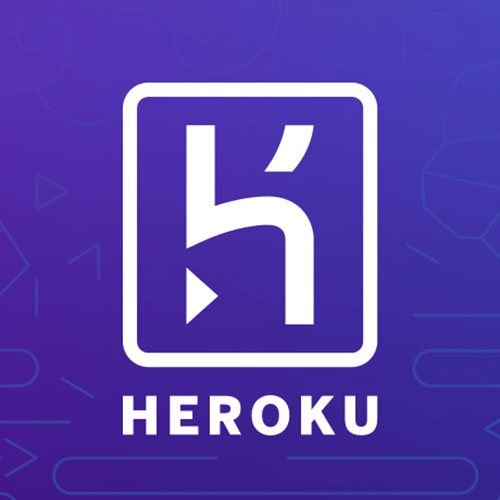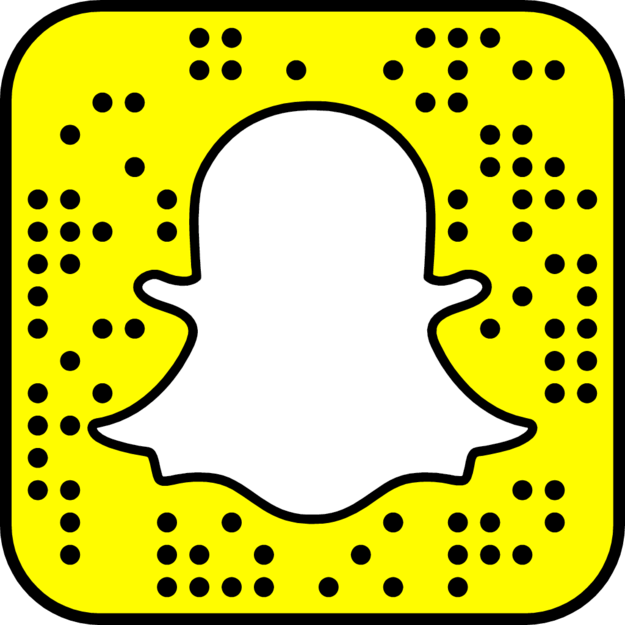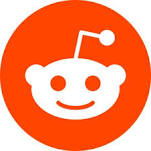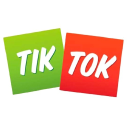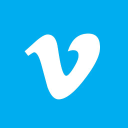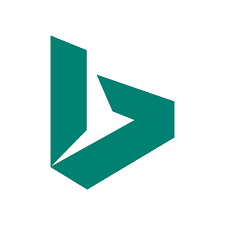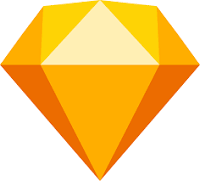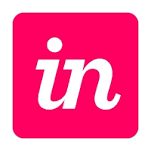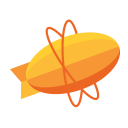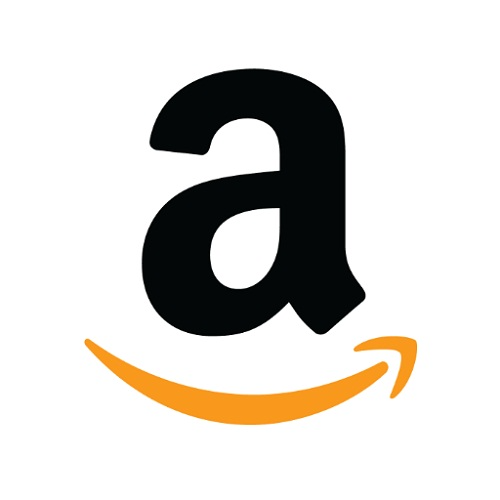
62 Days And $300: How We Built An App That Helps Increase Productivity
Hello! Who are you and what business did you start?
Hello! We are Yarik and Kate, a Software Engineer and a Product Designer. Together we started Planndu, an app that helps everyone be more focused and get more things done.
One of the main features is the focus timer, which encourages taking more breaks and focusing on one thing at a time. You can also add todo-lists, and notes and use drag and drop to prioritize, set status and add deadlines. Essentially, everything you need to know about what you should be doing now and what’s coming next.
The app is mostly free, but the advanced features are only available through a monthly or yearly subscription. The monthly subscription costs 5.95$ / month, or 2.95$ / month in a yearly subscription.
We see a constant increase in signups and subscriptions every month. Last month 851 new users joined, 65% from organic search. Our revenue from subscriptions has grown by a 24% MoM, and we believe that within a year from now, it will increase even further to the point that it will allow us fully sustain our lives. We are just at the beginning of our journey, and we still have many more things we would like to accomplish!

What's your backstory and how did you come up with the idea?
We have many years of experience working with cutting-edge technologies. We developed and designed apps with millions of users worldwide. Our jobs constantly required us to work with productivity and collaboration tools, and we used many different todo-lists and Kanban boards for our work. But we always felt that something is missing, especially in the mobile apps sphere.
In today's era, it’s way more difficult to concentrate on your tasks than ever before. There’s a lot of distraction from social media, and we are currently in the middle of the remote-work boom. Working remotely requires a lot of effort and self-discipline to deal with home and work tasks together.
Many existing productivity apps on the market deal with some of these challenges, but most are difficult to operate and take too much time and effort to adopt. We learned that it is not convenient to use many apps simultaneously, as switching contexts takes too much of your energy and attention. This is how we came up with the idea to make a single app that would be easy to operate and include all the features needed to manage tasks from the planning stage to the execution itself.
We decided to take our chances, leave our full-time high-paying jobs, and make a new productivity tool that will combine all the tools required to manage your time effectively. Even though we are not yet making enough profits to sustain ourselves, we’ve gathered enough savings for the coming years, and we truly believe in the product and its future.
We knew that if we stayed in our current jobs and worked on Planndu as a side hustle, it would take too much time to develop, and we will lose the momentum while not being able to unlock its full potential.
Take us through the process of designing, prototyping, and manufacturing your first product.
In the beginning, we did a lot of surveys about the difficulties people have in their daily lives regarding their productivity and what would help them to manage their day effectively. We also have read many studies and books about focus, time management, and productivity. We have enriched our knowledge to the point where we felt confident in understanding all the existing productivity methods and techniques.
Our goal was to make the UX simple and clean so that everyone could use and enjoy it. At first, we had difficulties with it because we wanted to add everything from everything until it became cluttered and incomprehensible. We saw that users in our tests had trouble finding certain things or did not fully understand some of the features, so we had to find the right balance. Every time we improved the design, we did an A/B test to check how it affected the user experience. We repeated the process for a while until we finally reached the solution that satisfied us.
In terms of the development, it was crucial to us that the app works smoothly and that the user's data is secured, we were extra careful about that. We used the most advanced security measures in the market and made our user's data private and encrypted.
At first, we had many bugs with the reminder feature, it was among the most difficult ones to develop, especially since we had to wait days to see if the reminders showed up on time. We moved fast and were able to deliver solutions right away.
After many iterations, we successfully reached the minimally viable version that works smoothly without any critical bugs. It took us many hours of hard effort, but we did it with a lot of passion and love because our ultimate goal is that everyone will find it a useful and effective tool.
We bootstrapped the whole development phase, and our spending during that process was only paying for the domains and the data centers. We managed to get our first version spending only a few hundred dollars overall.

Describe the process of launching the business.
We finally released our first beta version in April 2022. Our first users were our close friends from the tech industry and experts from communities related to task management and productivity.
We received lots of constructive comments that we took to our attention. We were always open to receiving any kind of criticism and tried to get as much feedback as possible.
As they started implementing it in their daily life, we saw that simplicity is what worked for our users. Their productivity was skyrocketing, and it was clear to us that there’s a huge advantage to having one single app that will help you manage all your daily tasks and duties.
From there, the path to the first full version was short, as we knew exactly what was needed and how to make a tool that will help every individual be more productive. We launched the full version in May 2022 on Product Hunt and other social media using the free credits provided for advertising.
But what made the most impact was publishing our weekly blogs about productivity. We worked hard on SEO, adding backlinks from other websites and improving the keywords. It brought a lot of new users on board. At first, there were only hundreds of daily visitors but quickly it turned to thousands of visitors a day.
What made the most impact was publishing our weekly blogs about productivity. At first, there were only hundreds of daily visitors, but quickly it turned to thousands of visitors a day.

We started selling subscriptions from day one even though some of the features weren’t fully ready by making it clear that it's 'coming soon'. So we could already know that users are truly willing to pay for them.
At the initial launch, we were able to get our first buyer, who bought the annual subscription, and several hundred registered for the app. It was a very flattering and exciting moment, and we knew we were on the right track even though there was more to improve and do to reach the final goal.
The biggest lesson we learned during the whole development process is that it's essential to have analytics for everything from day one. Beyond the criticism we got, there were many times we tackled contradictions between what people said about the app and how they truly used it.
With the help of Google Analytics, we were capable of finding issues with our retention and places where we could improve.
Since launch, what has worked to attract and retain customers?
The best piece of advice we can give you is first to focus on the product itself, get a high percentage of retention, and track every step in your sales funnel. What’s the point of getting many users, spending a lot of time and effort if most of them eventually leave after a while? Retention is where you want to spend most of your time improving the app.
Invest most of your time in the product and its UX, and bring the best fit to the target audience.
We tried direct sales through email marketing and paid-for advertisements on social media such as Facebook, Twitter, LinkedIn, and Instagram. We thought this would bring the most subscribers and purchases, but it didn't help as much as we thought, we didn’t yet optimize our ads to the level that it will be worth it. We are not coming from the marketing world, so we learn from our mistakes as we go.

Since launch what mainly gets us the most customers is our productivity blog. It drives most of our traffic, we always try to write about relevant topics that are both educational and interesting.
We are still constantly looking for new advertising strategies and learning more about marketing. Our main effort is always to work on the product itself and spend only 20 percent of our time on marketing.
How are you doing today and what does the future look like?
Since we are not looking to raise any funding soon, and we are limited in resources, we needed to be profitable as soon as possible. We managed to get there in our first month mostly because we didn’t spend much during the development process, but now we have a long journey ahead of us to scale it further so we could sustain our own lives.
We are working on improving existing features such as the calendar, building a new website, and stepping up our marketing efforts. In the future, we plan to expand to more platforms such as iOS and desktop as for now, Planndu is only available for Android devices. In addition to that, we want to add more integrations with other apps and do more collaborations.
Right now, we stand at $700 a month on average from the subscription program we launched. Most of the paying users are buying annual subscriptions. It was essential for us to bring attractive prices that are cheaper than our competitors because they are already well established.
We did a few campaigns that provided a 14-day free trial which was a huge success, the majority of the customers did not cancel the free trial and kept using the advanced features of the app.
Through starting the business, have you learned anything particularly helpful or advantageous?
One of the worst decisions we made was to work for a long time on the location reminder feature, which we thought would work great and users would use widely. In practice, we saw that all platforms are adding many restrictions around the location, and by the time we finished the feature, we saw that with new Android versions it could not work as we thought it would.
We wasted a lot of time on it, but we learned from this mistake a lot. We did not do sufficient in-depth research on the platform's capabilities. In new devices, it simply does not allow you to get a frequent location update. The good thing is that we were able to realize the problem fast enough and removed the feature before it had any usage from our customers.
Since we work from home, at first, it was challenging to combine our daily life and work. But, the fact that we were working on a productivity product was a huge advantage. That's exactly the situation where our product could help.
We used Planndu on daily basis and implemented all the methods and techniques in our day-to-day lives until it became a habit. We started taking more breaks, focusing on the right things, and prioritizing everything, even household chores. We instantly saw a huge improvement not only in our well-being but also in how we gradually started to accomplish more and more things.
What platform/tools do you use for your business?
The tools we used and liked the most are Sketch and Zeplin. Sketch has everything a designer needs, from prototyping to drawing illustrations. It's quite easy to use and has good plugins that can help and make the designer's work easier.
Zeplin is very convenient to link between the designer's work and the programmers. It comfortably helps export resources and shows all the measurements and UI code needed to make it easier for the programmer.
What have been the most influential books, podcasts, or other resources?
One of the best books we read is Getting Things Done by David Allen. He has been called one of the world's most influential thinkers on productivity. We strongly encourage you to pick up a copy. It’s well written and easy to understand with practical steps that help you get things done insightfully.
Another well-worth-reading book is Atomic Habits by James Clear. There’s a lot of useful and actionable information about habits. Understand how and why we form habits, how to make new good habits, and how to break the bad ones.
The podcast that we highly recommended to listen to is Beyond the To-Do List. It introduced us to a vast variety of experts within the productivity field. We learned a lot from them about the current business climate and life.
Advice for other entrepreneurs who want to get started or are just starting out?
We noticed that many businesses only rely on the opinions of their users. But to deeply understand the user's pain points, you must exercise your judgment because sometimes customers might be uncomfortable saying what they think, or they do not fully understand the product. The right thing to do is to understand the user behavior, analyze how they use your product, and then consider it merged with their opinions.
Time is the most important resource and must be used wisely! Sleep well, set clear goals, avoid distractions, and most importantly, don’t feel bad about making mistakes because it’s part of the way! Invest most of your time in the product and its UX, and bring the best fit to the target audience. The product should speak for itself - remember that it takes time to grow, so you must have a lot of patience.
Where can we go to learn more?

Download the report and join our email newsletter packed with business ideas and money-making opportunities, backed by real-life case studies.

Download the report and join our email newsletter packed with business ideas and money-making opportunities, backed by real-life case studies.

Download the report and join our email newsletter packed with business ideas and money-making opportunities, backed by real-life case studies.

Download the report and join our email newsletter packed with business ideas and money-making opportunities, backed by real-life case studies.

Download the report and join our email newsletter packed with business ideas and money-making opportunities, backed by real-life case studies.

Download the report and join our email newsletter packed with business ideas and money-making opportunities, backed by real-life case studies.

Download the report and join our email newsletter packed with business ideas and money-making opportunities, backed by real-life case studies.

Download the report and join our email newsletter packed with business ideas and money-making opportunities, backed by real-life case studies.
